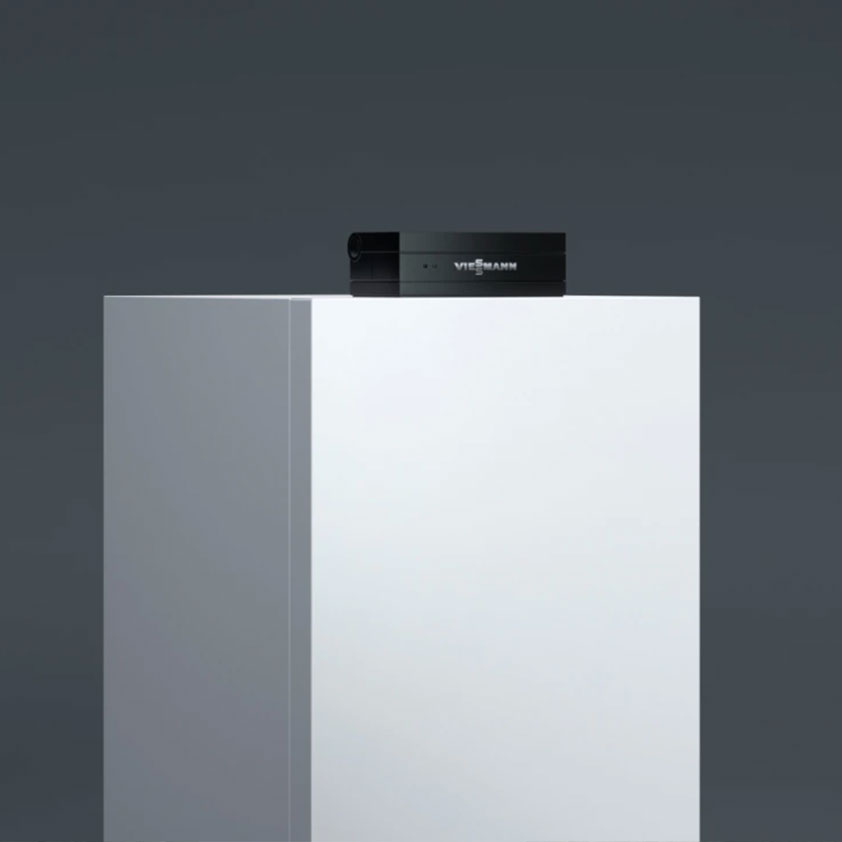Heat pump system
When it comes to using water as an energy source for heat pumps, these systems utilize the thermal energy of surface or groundwater. The process involves extracting water from one source (well, surface watercourse, etc.) and returning it through another source to maintain ecological balance, thus these systems are often referred to as "open" systems.
This process does not alter the physical, chemical, or bacteriological characteristics of the groundwater, and therefore does not harm the environment or ecosystem.
A properly sized system will take and return the same amount of groundwater, keeping the annual groundwater level balance unchanged (as much is taken, as much is returned to the watercourses).
Heat pump systems that exploit groundwater typically achieve a very high coefficient of performance (COP). However, this can be significantly reduced if the groundwater level is at great depths or if the characteristics of the wells and soil do not allow easy return of water to the ecosystem.
In Serbia, the temperature of groundwater throughout the year ranges from +10°C to +15°C (with an average of 12°C), making this system particularly suitable for exploitation in our regions.

The most important characteristics of groundwater as an energy source are:
- Minimal temperature fluctuations throughout the year.
- It can be used for both heating and cooling buildings, as well as for preparing hot water in buildings (water heaters, pool heating, etc.).
- The system allows for passive cooling of buildings (free-cooling).


